Abandoned Surrey: Ashley Road Deep Level Shelter, Epsom
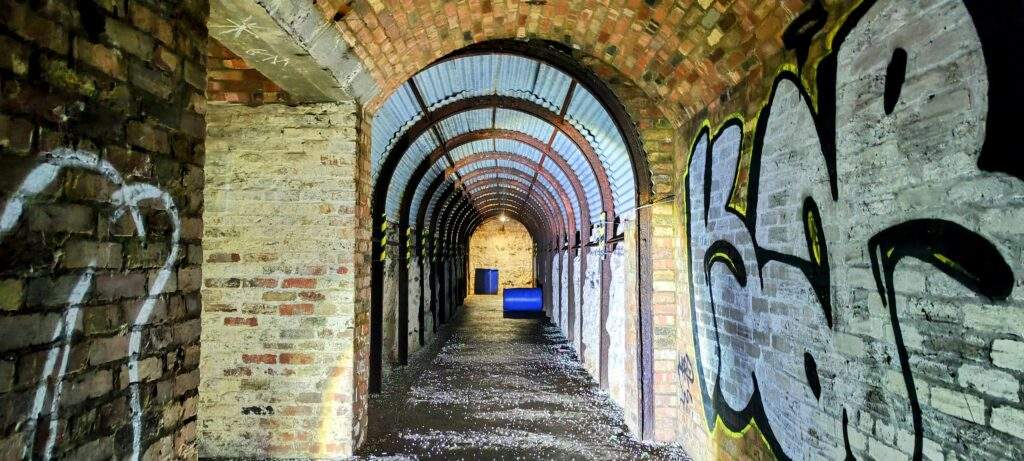
Although this bunker’s construction is surrounded by mystery and debate, the tunnels underneath South London still prove to be an interesting look into the past.
I was asked fairly last minute to join this tour, but I’m so glad I did. Hidden History Tours operate visits to derelict, lesser known and hidden locations of historical significance. Today’s tour was of Ashley Road Deep Shelter, a bunker tucked away in woodland on the outskirts of Epsom.
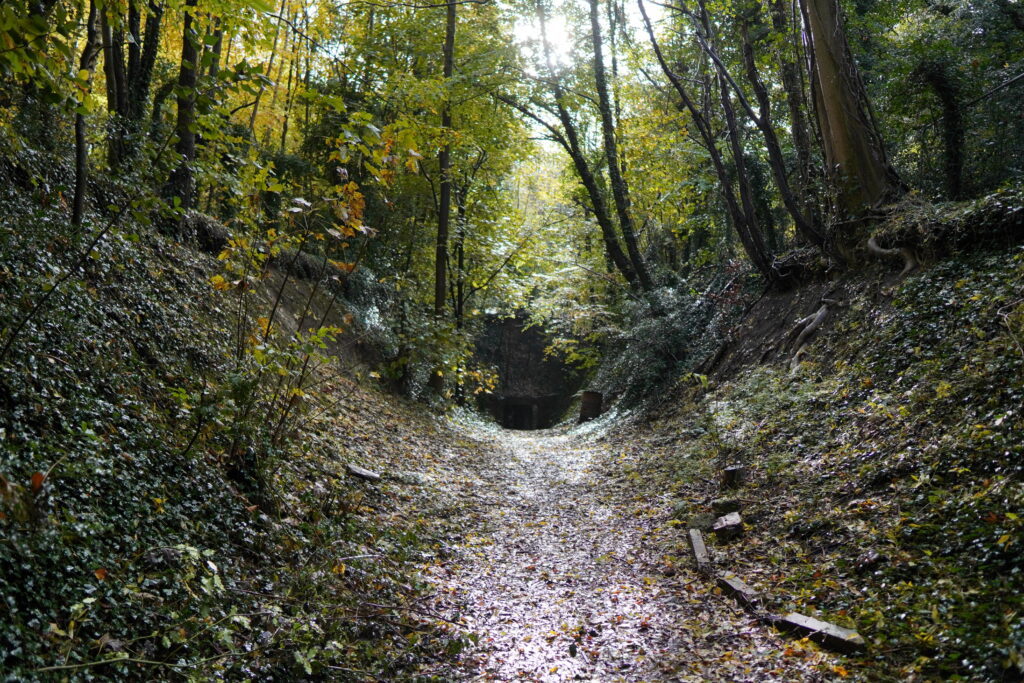

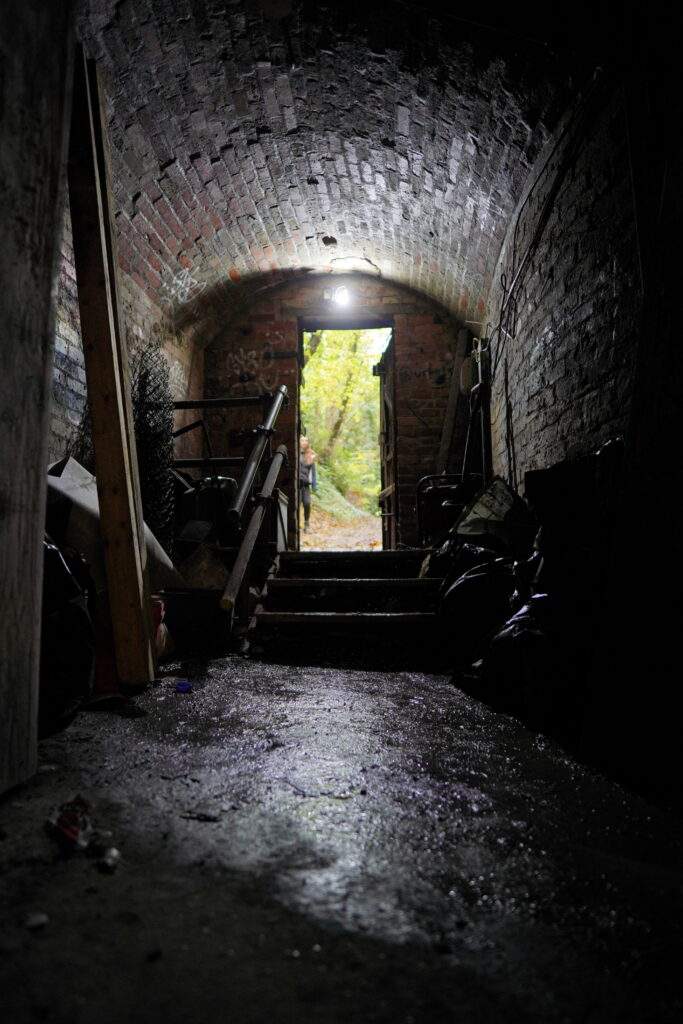
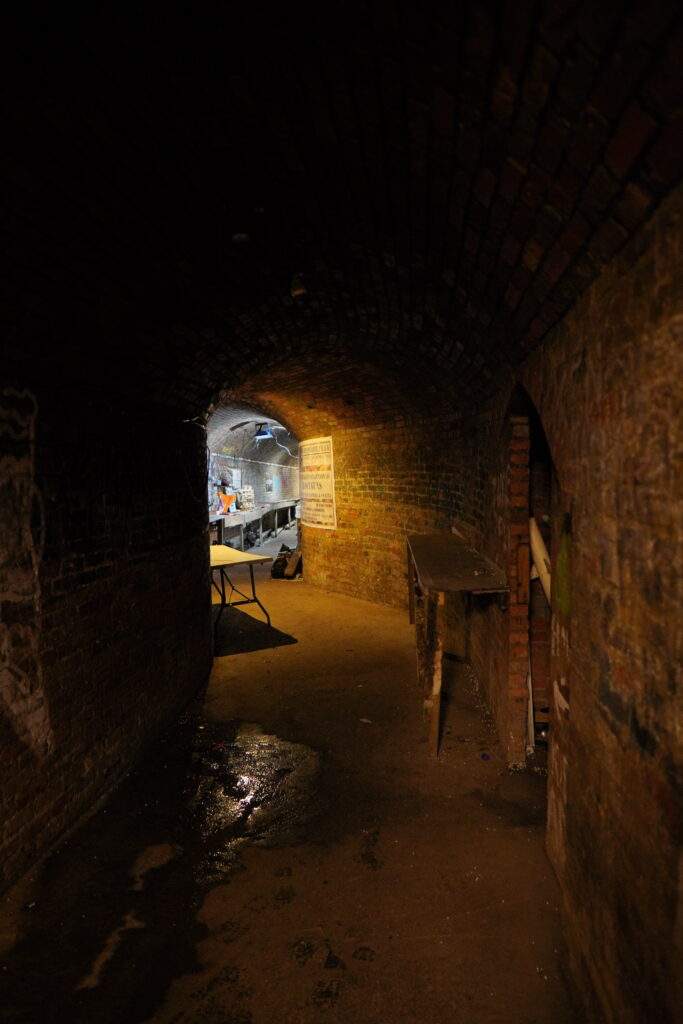

The group of us gathered at the edge of a wooded area, sunlight slicing through the branches as rainwater that had recently fallen dripped from the leaves down onto us. We were welcomed to the tour and before long were walking down the gentle gradient towards the bunker’s doorway that sat embedded in a cliff face in front of us.
In 1937, it is thought that a member of the Durdans family, theorised (and most likely to be) the eccentric Lady Sybil Grant, started the some form of underground constrcution on the site. The purpose of this underground bunker has remained elusive and lost to history as the project was private rather than public. While it’s possible there could be documentation which explains the bunkers original purpose, it hasn’t been found yet and all we can do in the modern day is speculate.
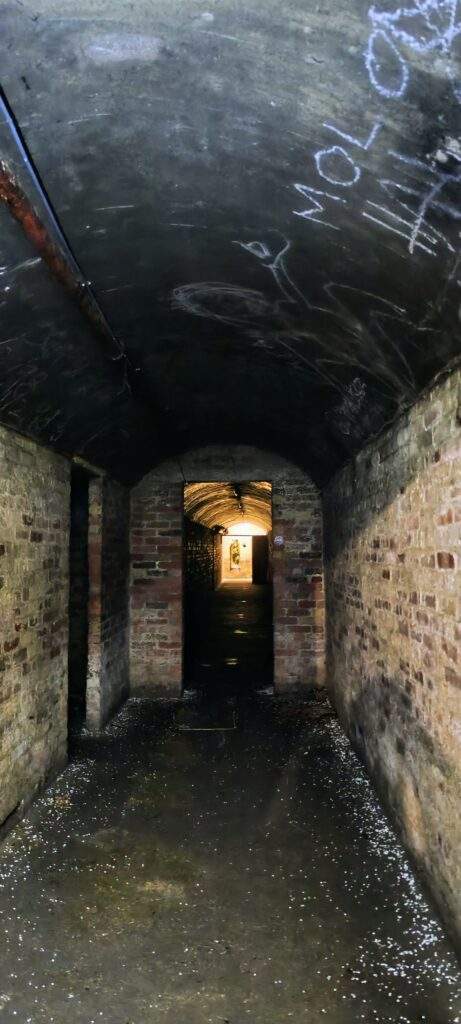
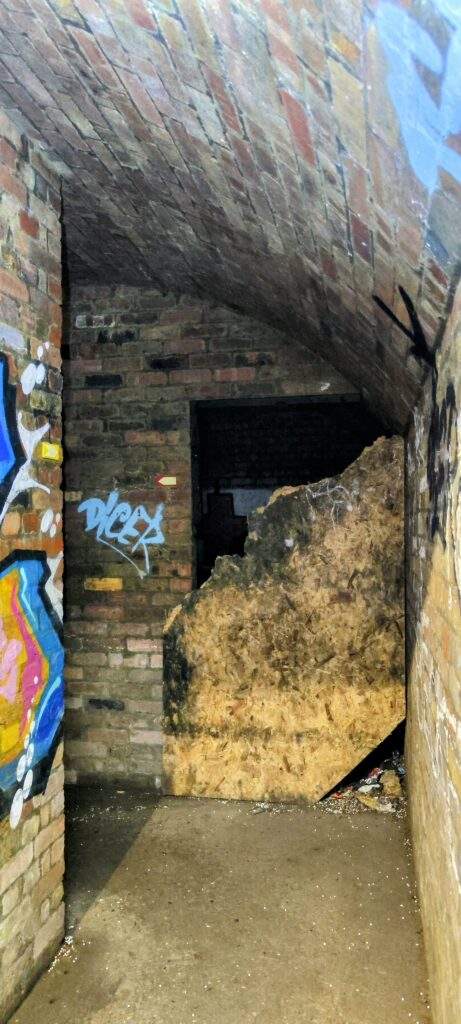


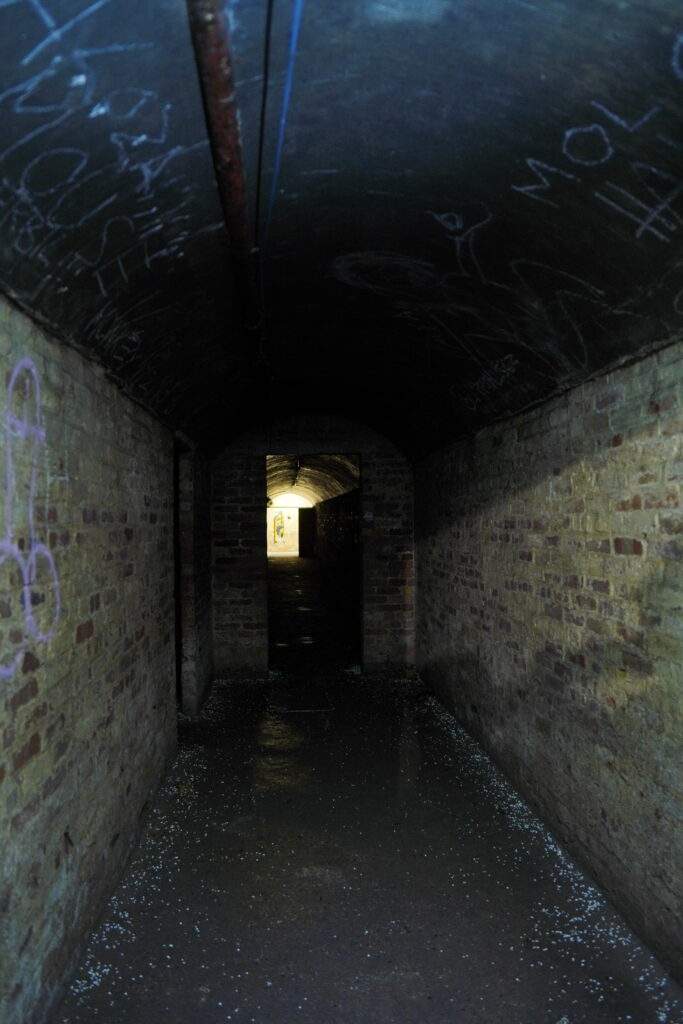
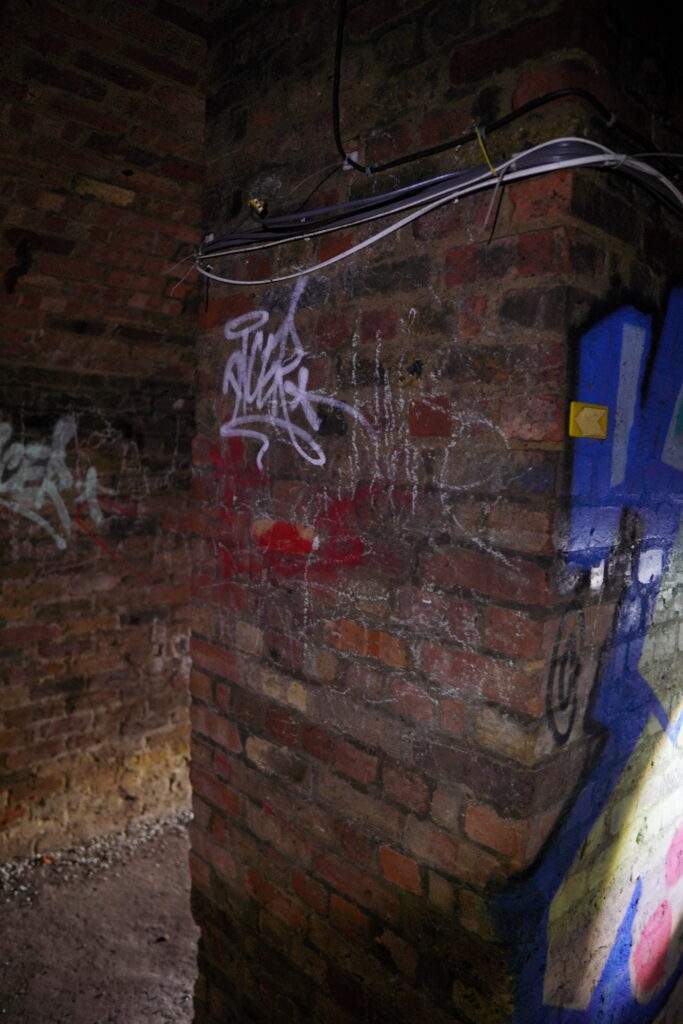
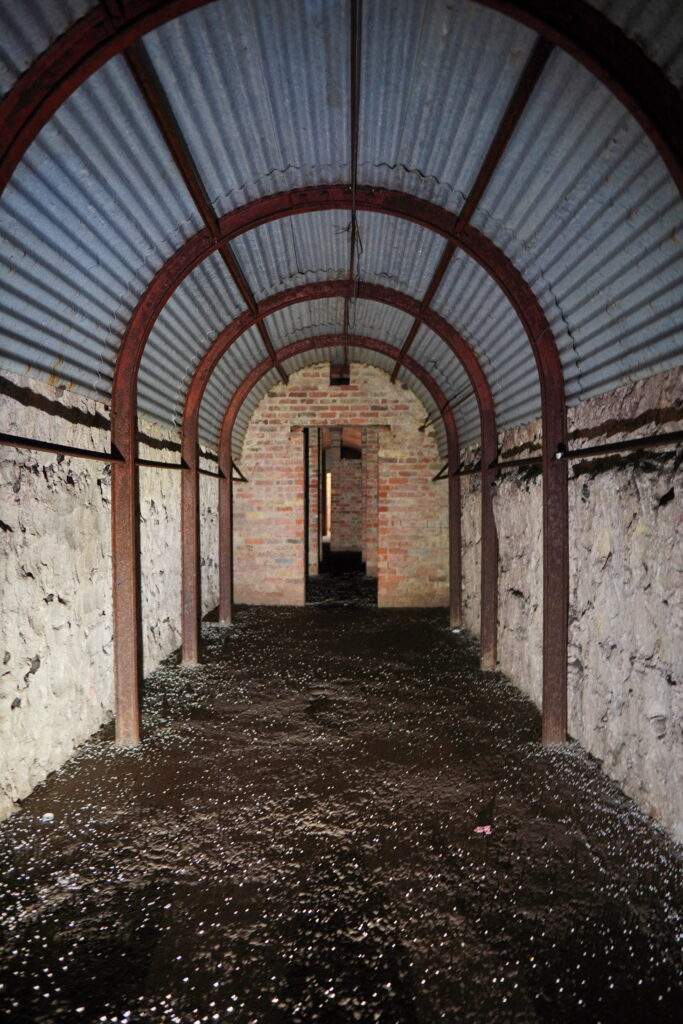
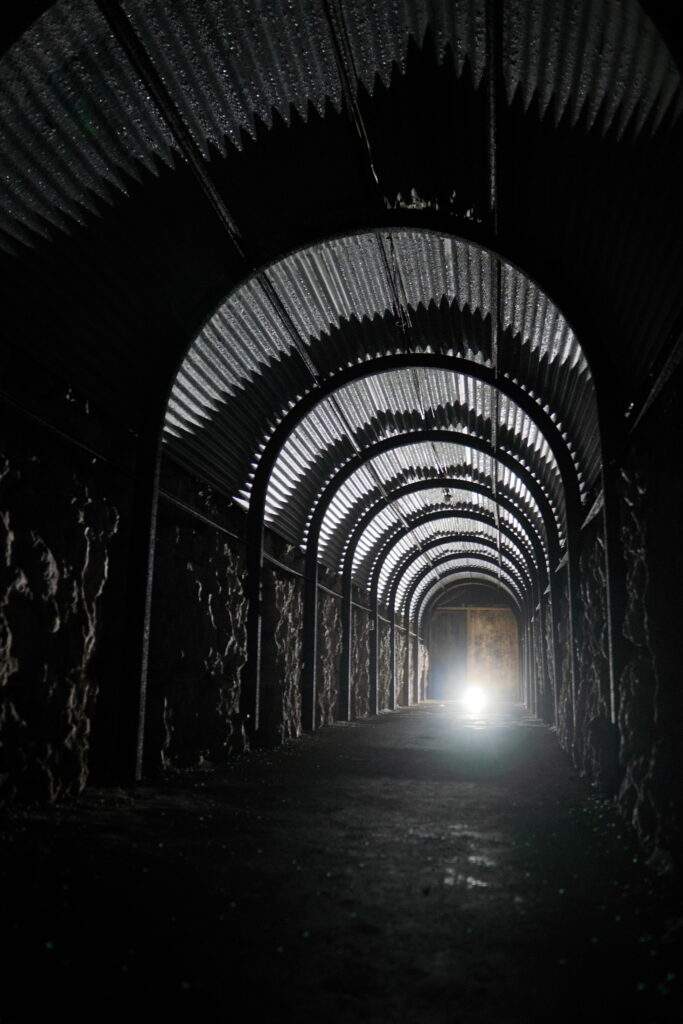
Theories about the bunker’s original construction range from an extension of the London Underground (highly unlikely), to being a mausoleum (a bit less unlikely) to being a private air raid shelter (the most likely explanation). With the Second World War looming, many people had taken to constructing their own private Anderson Air Raid shelters, this was just another shelter built in the run up to the biggest conflict the world was yet to see.
A local journalist we met on the tour was convinced the bunker was constructed as a private shelter with the charitable aim of protecting as many people from German air raid bombs. Regardless of the reason, Epsom council requisitioned the land in 1941. Records show that the price of building the bunker (£26,658, ~£1,3 million in today’s money) to the specification it stands today was very low, supporting the rumours that there was already some kind of underground construction on the site. Taking only one year to erect, the shelter could accommodate 1500 people, though it wasn’t completed in time to offer protection from the Blitz.
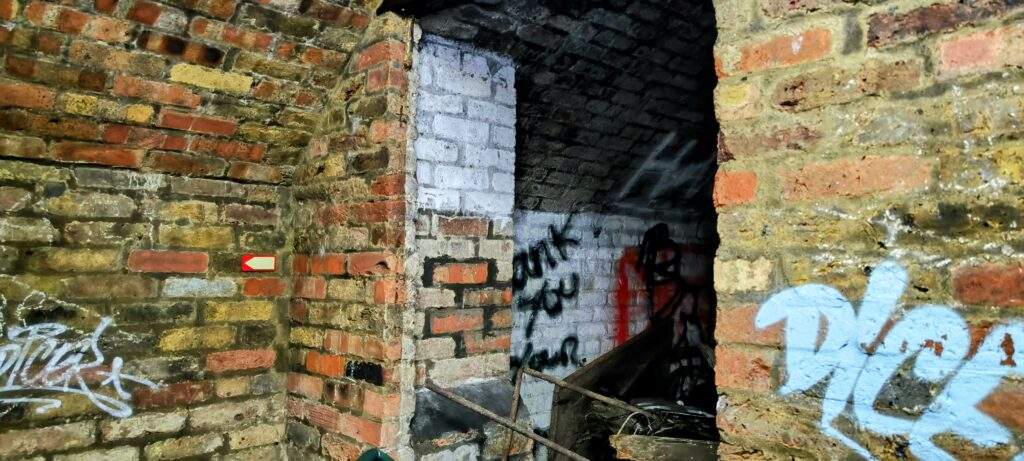
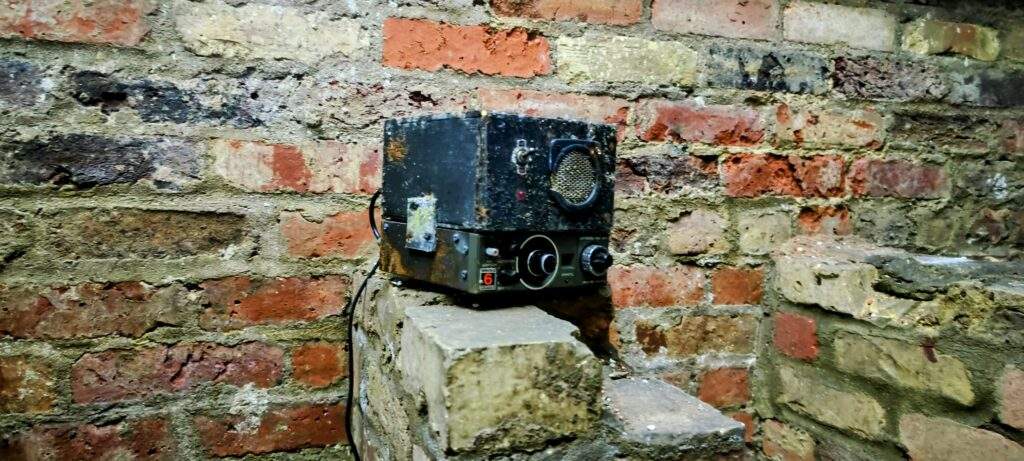
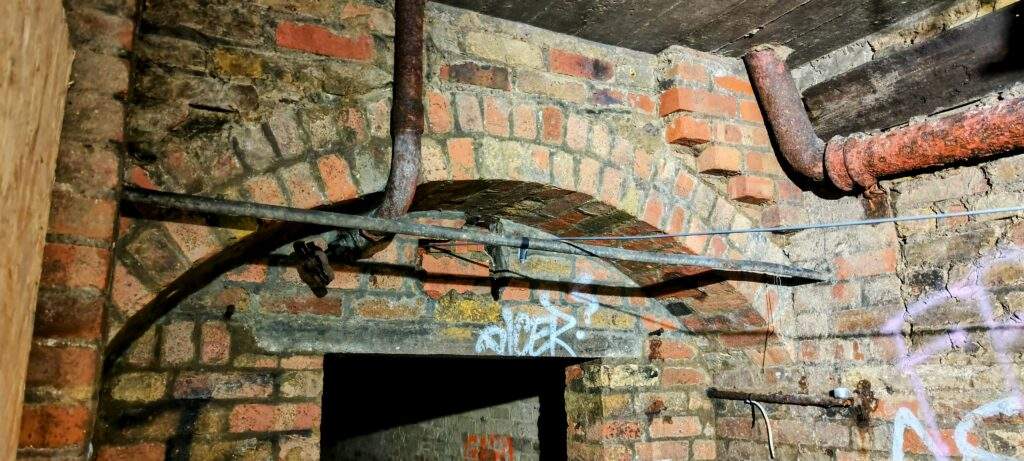

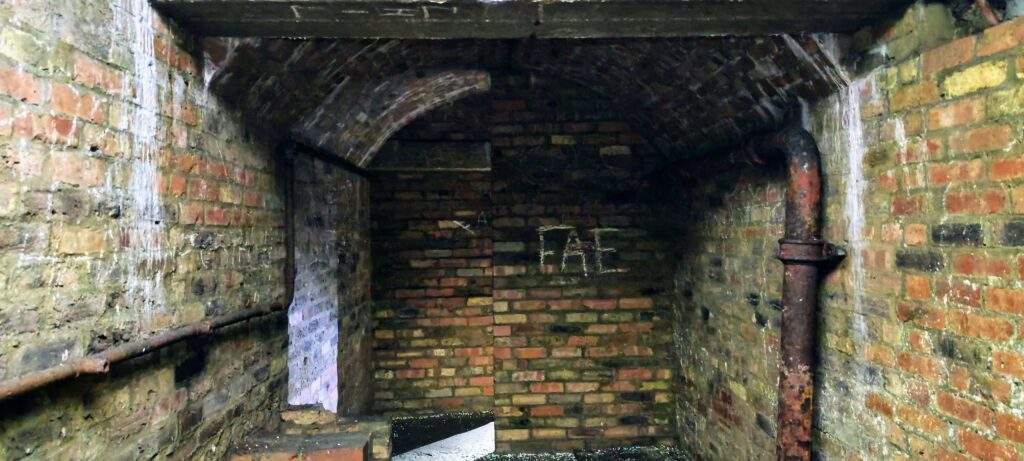
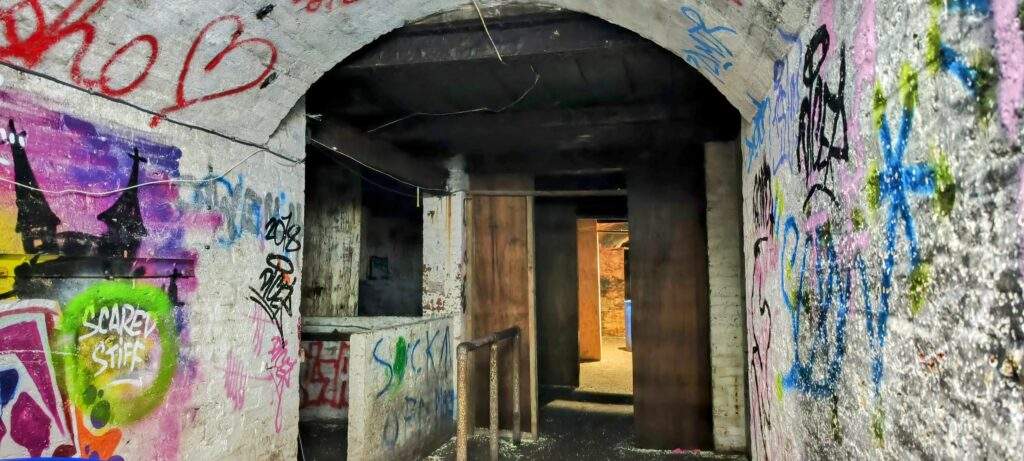

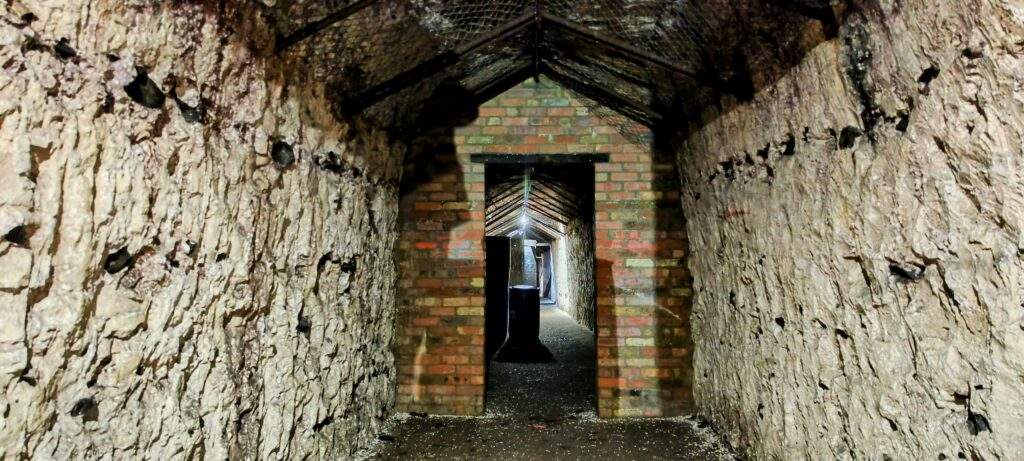
Back to the modern day, we stepped through the door frame and underground. The entrance corridor snaked left and right before straightening out, airsoft banners draped the walls. Directly ahead of us was a thick brick blast wall. We all manoeuvred around it and faced down into the bunker.
Back in the war, the bunker was referred to as a damp and crammed space. Being inside today, it was easy to imagine how crammed it must have been back in the day. Even with our small tour group, it wasn’t the biggest space to move around in and when you factor everything the bunker would have needed to be functional, such as rations, beds, technical equipment and of course: people, suddenly the idea of what wartime folk must’ve faced became very real.
As we made our way deeper in the grid-layout of the bunker, the brick arches that were keeping us from being crushed made way for metal sheets, before finally becoming purely chalk rock that had been excavated, with nothing but a net to prevent stones from knocking you on the head.
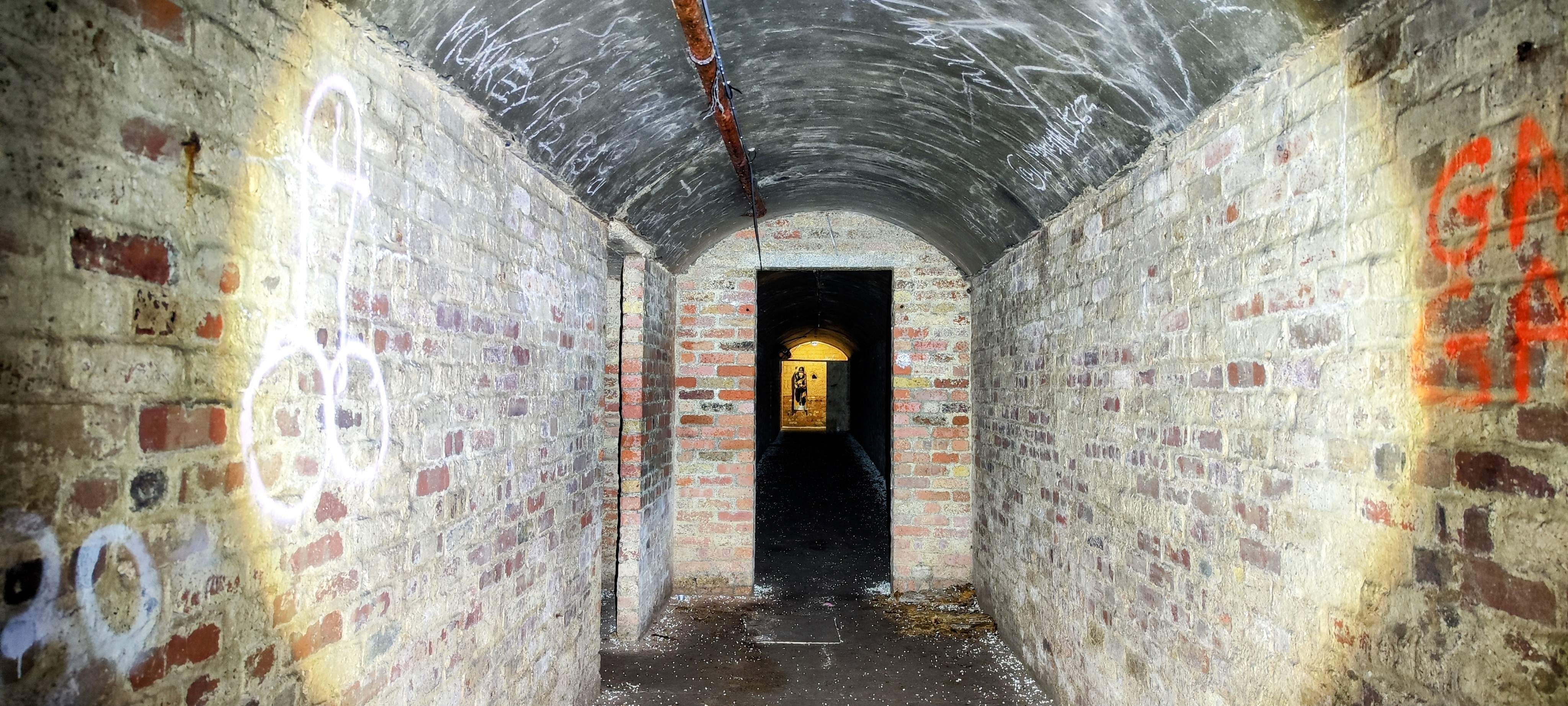
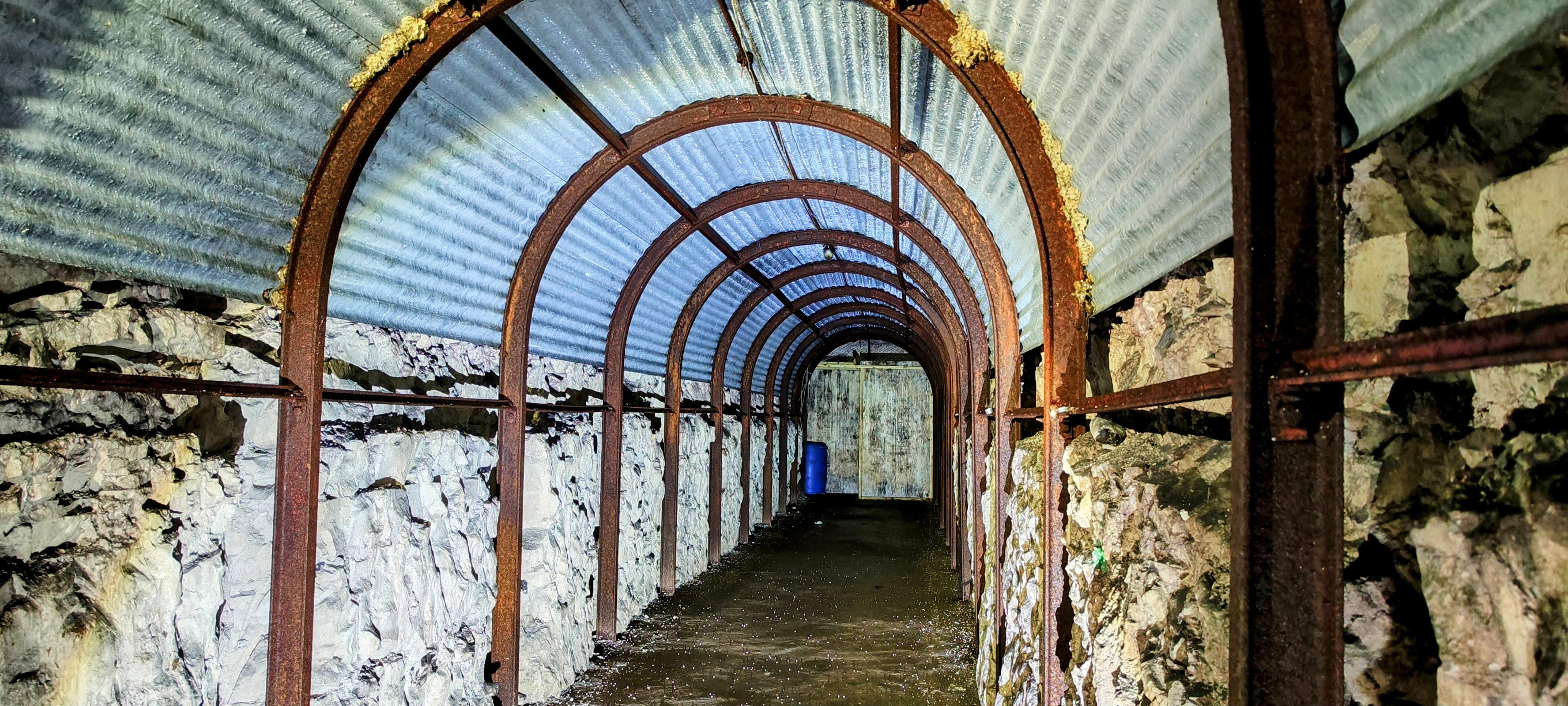
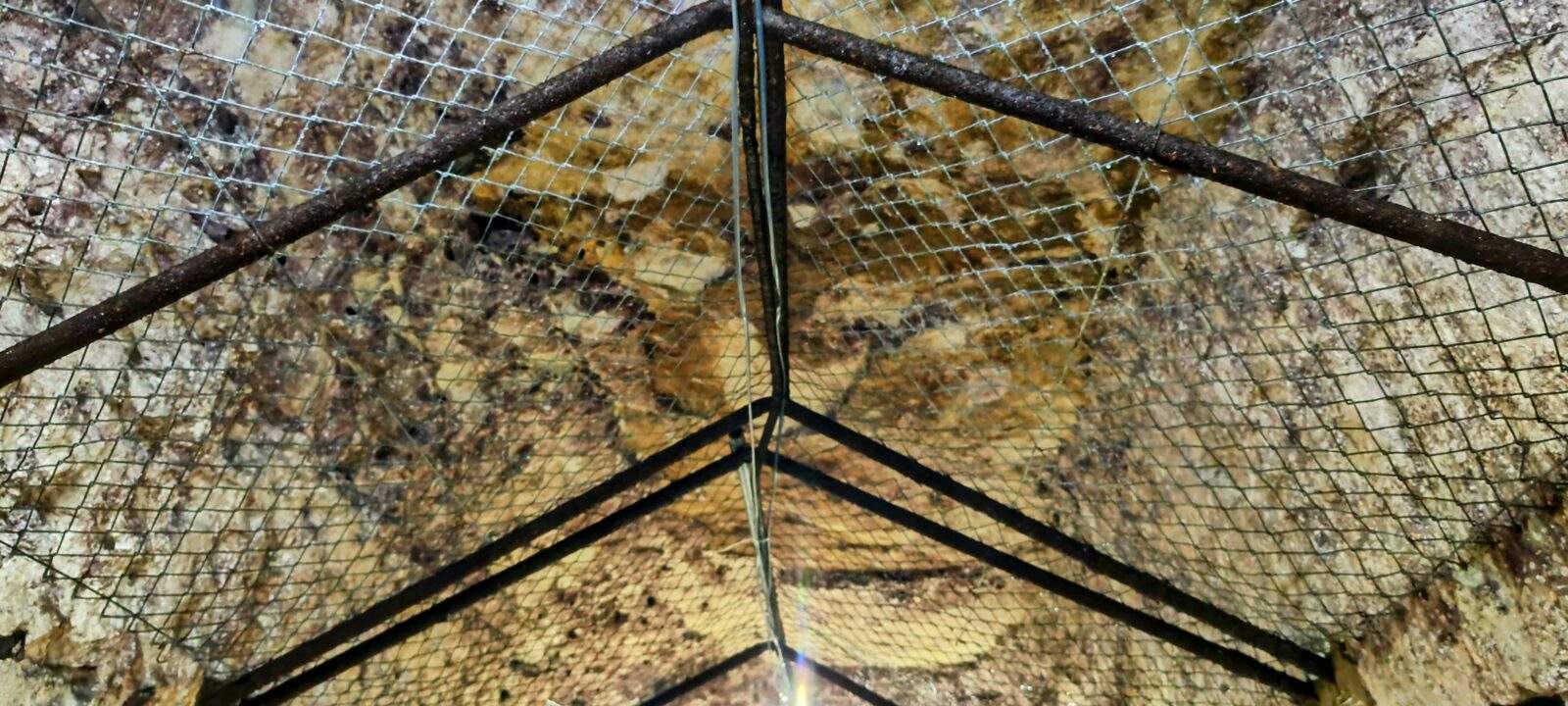
Our guide was very thorough with his tour, giving us local testimonial from the war, history about the bunker and local area from during the war up to the present day, photographs and even video footage which showed what wartime England was like for those who would’ve used this bunker as refuge.
One thing our tour guide explained in great detail was what exactly it was the people here needed protecting from, the V1, the V2, incendiary bombs, chemical bombs, gas bombs, the lot. Hearing the testimonials of how people would listen for the buzzing, screeching and whine of the bombs and planes really brought you back to the resolute of how many lives this bunker saved. It’s hard to imagine the children of that time staring at the sky, watching a plane go by and quietly thinking to themselves if it was a British plane or if they needed to run for their lives.
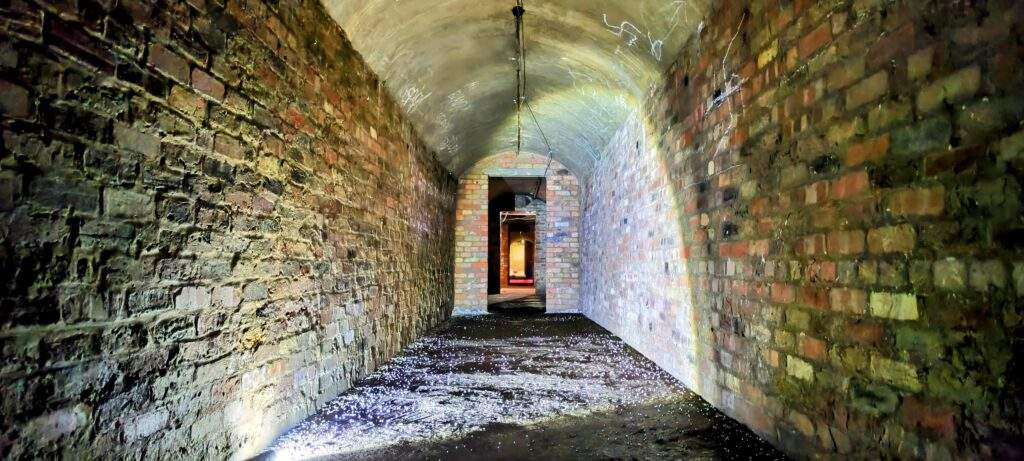
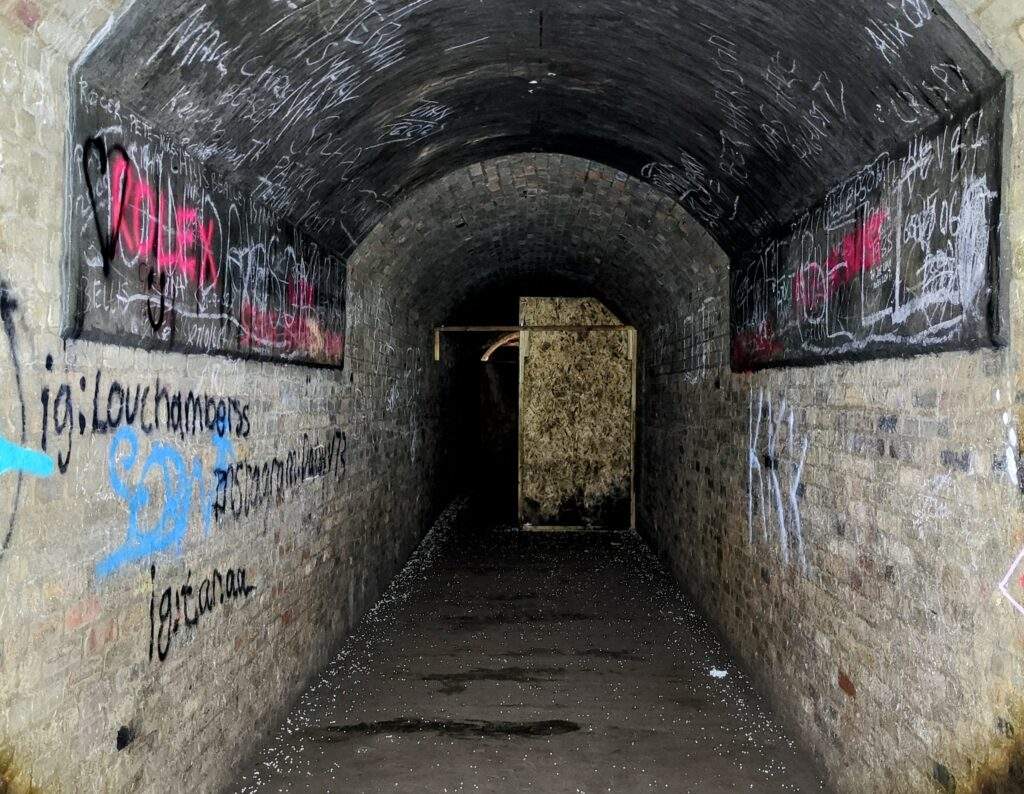

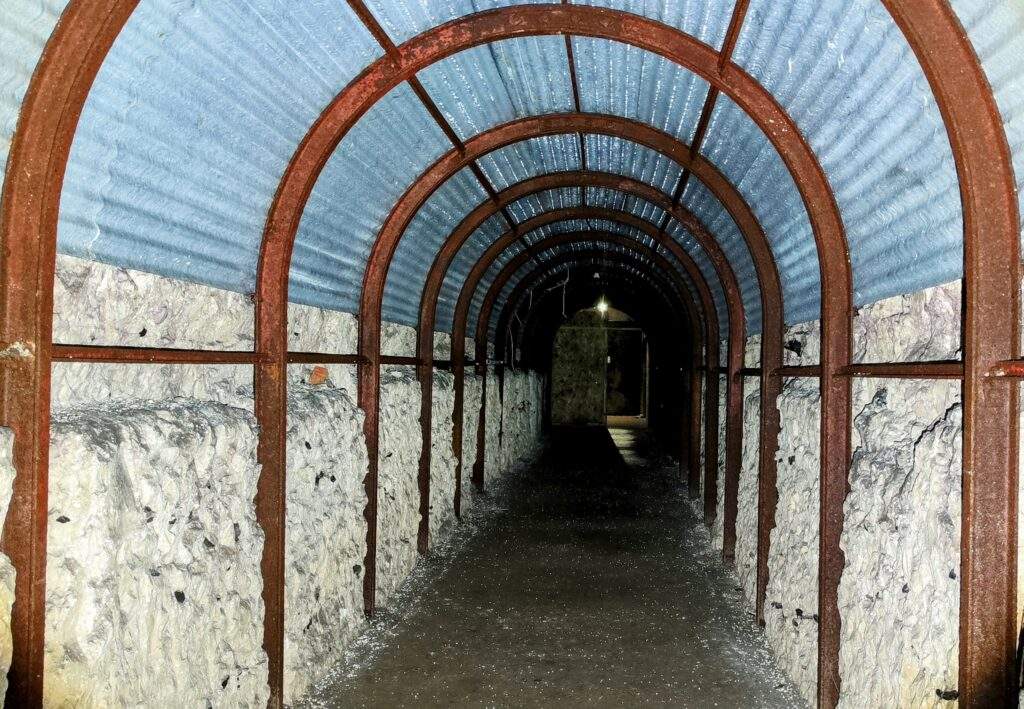
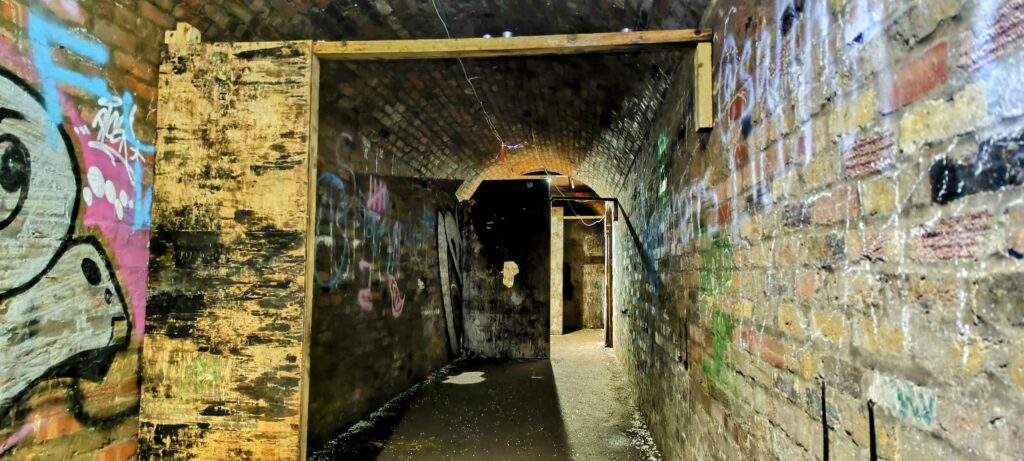

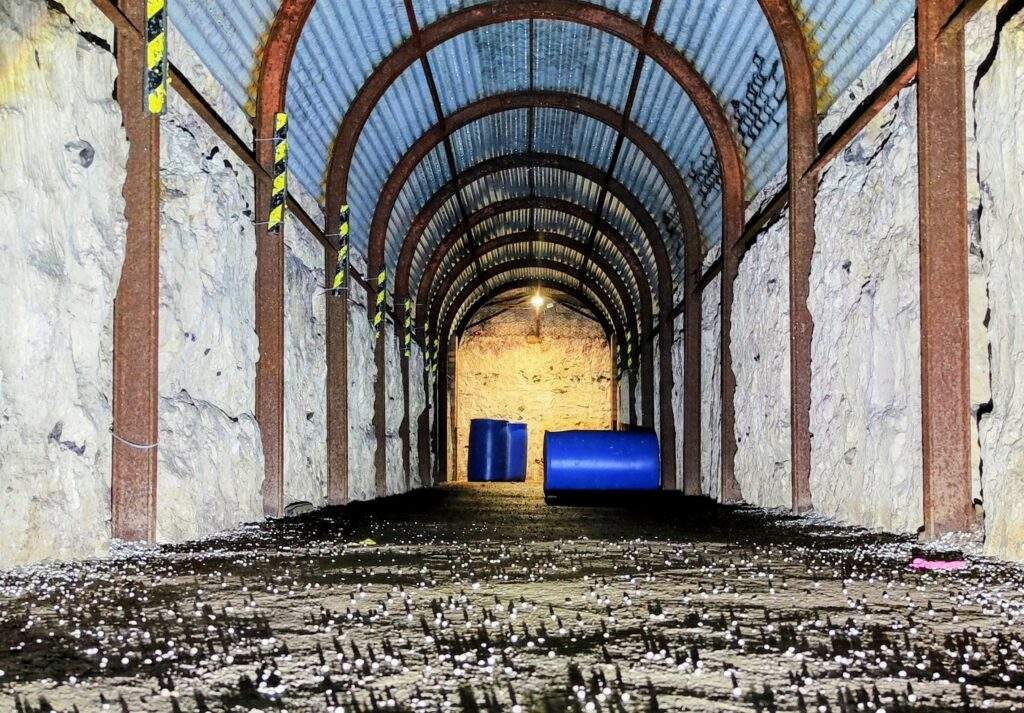
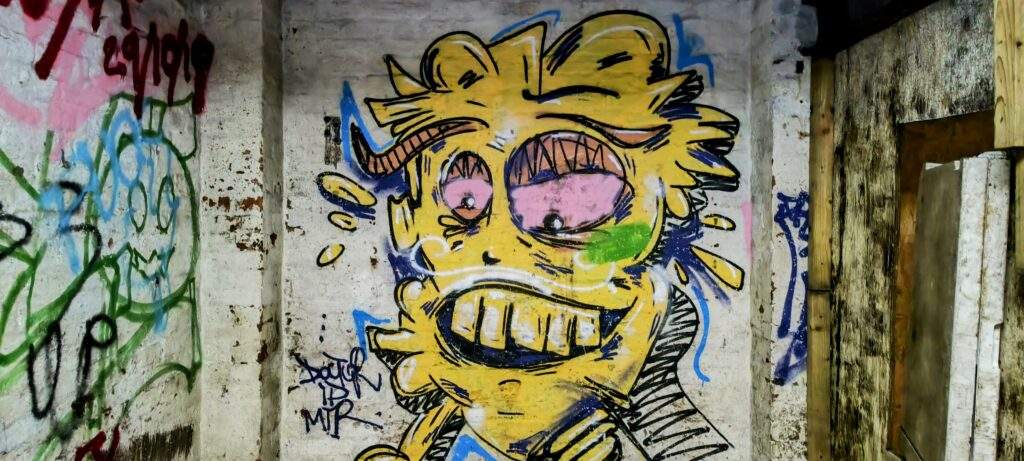
Normally during Urban Explores, it’s the little details that reveal the story of somewhere, the things which are left behind normally tell stories about the place, the people that lived, stayed or worked there and what happened. Very rarely is such history laid out in such a clear format, from the mysterious start to the modern history of the bunker being used for airsoft. If you get the chance to take a tour of Ashley Road Air Raid Shelter, we can’t recommend it enough.
Last Updated on 22 October 2024 by Michael


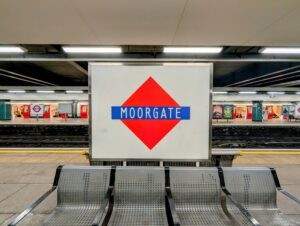


Yoo.. was this a legit tour? I know who runs the tunnels as i play airsoft down there and for people who keep breaking in i keep repairing it.. if they want to get access to view it then just ask (Elete action games).
Hi Mike
As highlighted in the article, this visit was an official tour operated by Hidden History Tours
Cheers